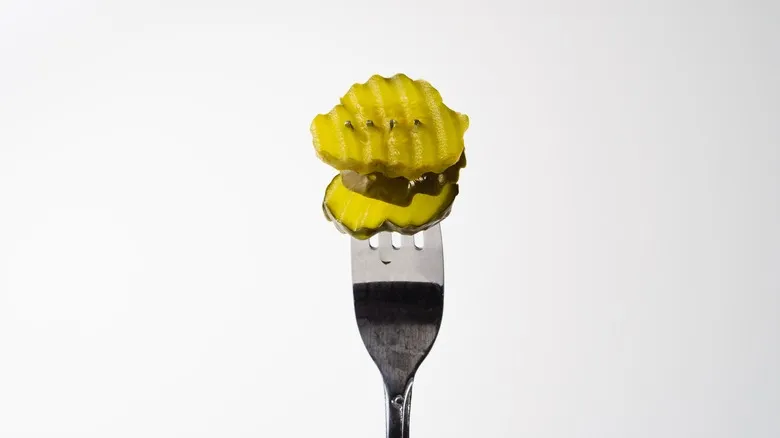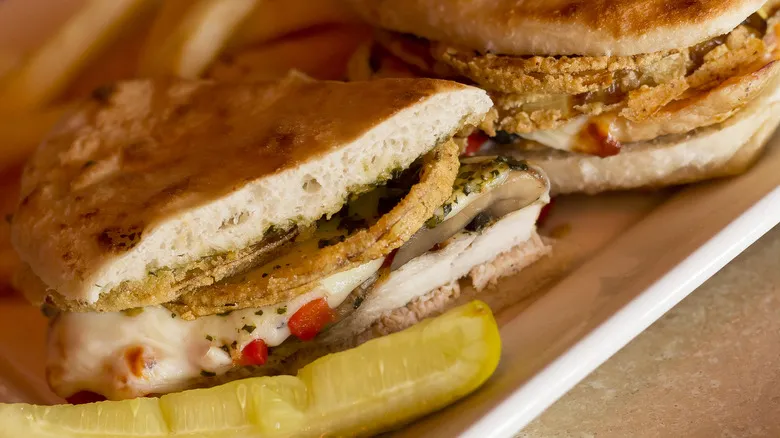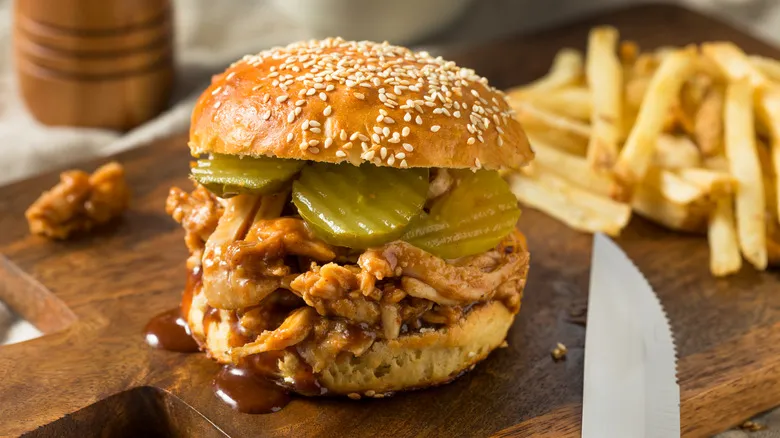Other pluses of pickle ridges

One theory suggests that the ridges in sandwich pickles contribute a satisfying crunch, enhancing the overall texture of your sandwich. Since the other elements, such as bread, meat, and cheese, tend to be softer, the ridged pickles offer a delightful contrast.
From a structural standpoint, the ridges also reinforce the pickle's shape, providing added strength and surface area. This design helps the pickle remain intact, preventing the mushy center often associated with flat pickles.
Ultimately, without a pickle authority to dictate preferences, serving sandwiches with ridged pickles may simply be a tradition established by food manufacturers, embraced by consumers, and one that would be missed if it were to fade away. It could also be a matter of aesthetics, as ridged sandwich pickles certainly have a more sophisticated appearance.
Why do we serve pickles with sandwiches anyway?

Whether it's pickle chips adorning your burger or a spear accompanying your lunch, the custom of pairing pickles with sandwiches has deep roots. Historically, pickles were regarded as a delicacy and, interestingly, even a beauty treatment during Cleopatra's era around 2400 B.C. However, the credit for the pickle's association with sandwiches goes to Jewish immigrants who arrived in New York City from Europe in the 1800s.
They established delis and eateries, introducing pickles as a sort of palate cleanser. With their tangy, sour, and salty flavor, pickles serve as the ideal complement to balance the richness of fatty meats and cheeses found in sandwiches (in fact, pickle juice works well as a chaser for a variety of flavors). This practice quickly spread beyond Jewish delis, becoming popular across the nation in establishments ranging from delis to fast food joints to diners.
Recommended

Ice Cream Sundaes Were Invented Because Of A Bizarre Law

What Are 'Dirty Water' Hot Dogs?

Juicy Fruit Gum Existed During The Gilded Age

The Illicit French Delicacy That Has Diners Hiding Under Their Napkins
Next up

